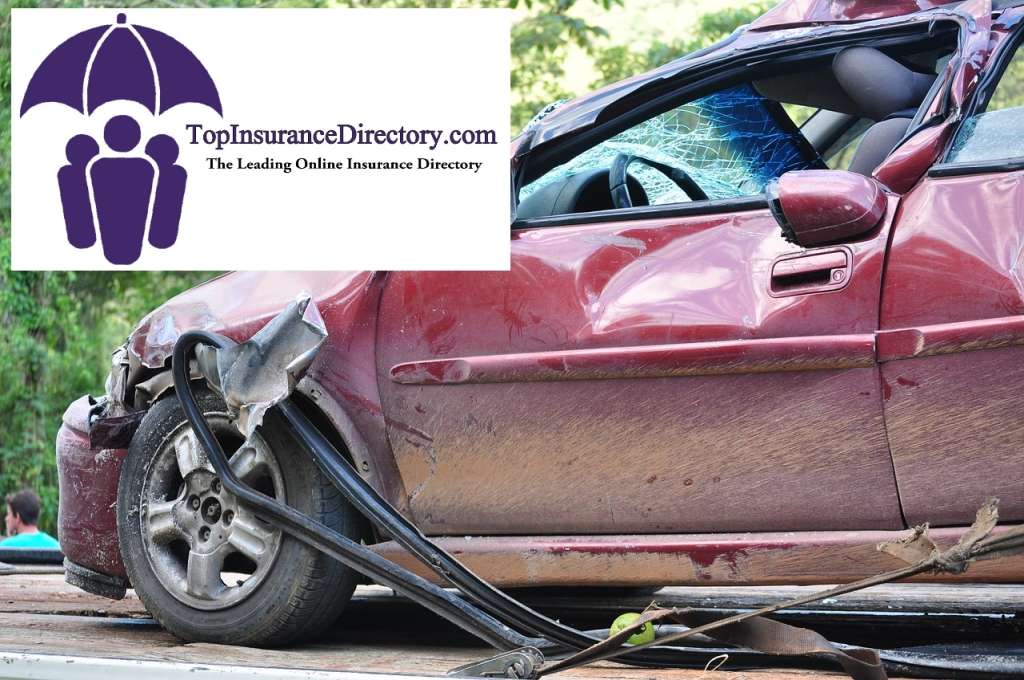Protecting yourself against car accidents involves a combination of safe driving practices, proper vehicle maintenance, and understanding road safety principles. Here are some tips to help you minimize the risk of car accidents:
1. **Follow Traffic Rules:** Obey speed limits, stop signs, traffic lights, and other road signs. Adhering to traffic rules reduces the likelihood of collisions.
2. **Avoid Distractions:** Keep your attention on the road and avoid distractions like texting, talking on the phone, eating, or adjusting the radio while driving.
3. **Don’t Drink and Drive:** Never drive under the influence of alcohol or drugs. They impair your ability to react quickly and make sound judgments.
4. **Buckle Up:** Always wear your seatbelt and ensure that all passengers in your vehicle are properly buckled up as well. Seatbelts significantly reduce the risk of injury in a collision.
5. **Maintain a Safe Following Distance:** Keep a safe distance behind the vehicle in front of you. This gives you more time to react to sudden stops or changes in traffic.
6. **Use Turn Signals:** Use your turn signals to indicate your intentions to other drivers. Signaling helps prevent misunderstandings and reduces the likelihood of collisions.
7. **Be Cautious at Intersections:** Many accidents occur at intersections. Look both ways before proceeding, even if you have the right-of-way, and be aware of vehicles running red lights.
8. **Adapt to Weather Conditions:** Drive at a safe speed and increase your following distance in adverse weather conditions like rain, snow, or fog.
9. **Proper Vehicle Maintenance:** Regularly maintain your vehicle. Check brakes, tires, lights, and fluid levels to ensure your vehicle is in good working condition.
10. **Avoid Fatigue:** Don’t drive when you’re tired or drowsy. Fatigue impairs your reaction time and decision-making skills.
11. **Watch for Pedestrians and Bicyclists:** Be vigilant around pedestrians and bicyclists, especially in urban areas. They may not always follow traffic signals.
12. **Use Child Safety Seats:** If you have children, make sure they are secured in appropriate child safety seats or seat belts, depending on their age and size.
13. **Defensive Driving:** Anticipate the actions of other drivers and be prepared to react to unexpected situations.
14. **Avoid Aggressive Driving:** Stay calm and patient while driving. Aggressive driving behaviors, like tailgating and road rage, can lead to accidents.
15. **Limit Night Driving:** If possible, avoid driving at night when visibility is reduced. If you must drive at night, ensure your headlights and taillights are functioning properly.
16. **Take Breaks on Long Trips:** If you’re on a long journey, take regular breaks to rest and refresh yourself.
Remember that even if you follow all safety precautions, accidents can still happen due to factors beyond your control. It’s essential to stay focused, alert, and adaptable while driving to reduce the risk of accidents and ensure your safety on the road.

